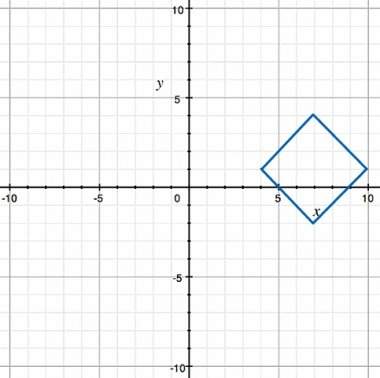
Mathematics, 21.02.2020 22:53 jumana3
The P versus NP problem is a major unsolved problem in computer science. It asks whether every problem whose solution can be quickly verified can also be solved quickly.
It is one of the seven Millennium Prize Problems selected by the Clay Mathematics Institute, each of which carries a US$1,000,000 prize for the first correct solution.
The informal term quickly, used above, means the existence of an algorithm solving the task that runs in polynomial time, such that the time to complete the task varies as a polynomial function on the size of the input to the algorithm (as opposed to, say, exponential time). The general class of questions for which some algorithm can provide an answer in polynomial time is called "class P" or just "P". For some questions, there is no known way to find an answer quickly, but if one is provided with information showing what the answer is, it is possible to verify the answer quickly. The class of questions for which an answer can be verified in polynomial time is called NP, which stands for "nondeterministic polynomial time".[Note 1]
An answer to the P = NP question would determine whether problems that can be verified in polynomial time can also be solved in polynomial time. If it turned out that P ≠ NP, which is widely believed, it would mean that there are problems in NP that are harder to compute than to verify: they could not be solved in polynomial time, but the answer could be verified in polynomial time.
Aside from being an important problem in computational theory, a proof either way would have profound implications for mathematics, cryptography, algorithm research, artificial intelligence, game theory, multimedia processing, philosophy, economics and many other fields.[2]

Answers: 1


Another question on Mathematics

Mathematics, 21.06.2019 15:00
Three coins are flipped. what is the probability that there will be at least two tails?
Answers: 1

Mathematics, 21.06.2019 17:00
Determine the number of outcomes in the event. decide whether the event is a simple event or not. upper a computer is used to select randomly a number between 1 and 9 comma inclusive. event upper b is selecting a number greater than 4. event upper b has nothing outcome(s). is the event a simple event? (yes or no) because event upper b has (fewer than, exactly, more than) one outcome.
Answers: 1

Mathematics, 21.06.2019 20:30
The function show two sisters' savings account and the rate at which they plan to deposit money
Answers: 3

You know the right answer?
The P versus NP problem is a major unsolved problem in computer science. It asks whether every probl...
Questions


Mathematics, 27.06.2019 18:30

Mathematics, 27.06.2019 18:30

History, 27.06.2019 18:30

Mathematics, 27.06.2019 18:30

Social Studies, 27.06.2019 18:30

English, 27.06.2019 18:30

Mathematics, 27.06.2019 18:30

Social Studies, 27.06.2019 18:30

Mathematics, 27.06.2019 18:30


Chemistry, 27.06.2019 18:30


History, 27.06.2019 18:30





Physics, 27.06.2019 18:30

Mathematics, 27.06.2019 18:30




